Moving underground could help humans avoid extreme heat or cold caused by climate change, but it also comes with many challenges.
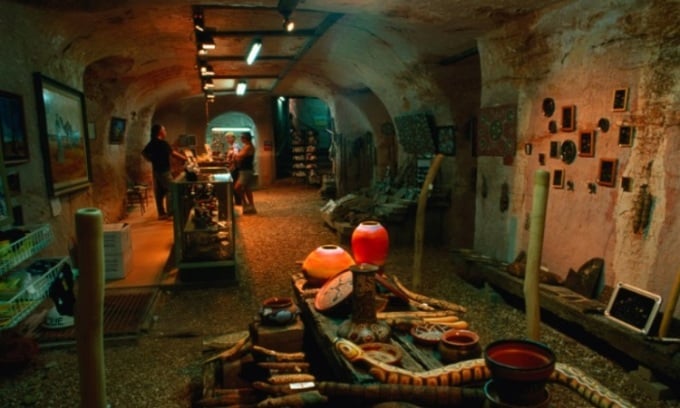
Underground museum in Coober Pedy. Photo: John W Banagan
In a changing world with increasingly extreme weather events, it may be time for humans to consider adaptations like living underground. Surrounded by rocks and soil that absorb and retain heat, temperatures can be more stable without relying on air conditioning or energy-hungry heaters, according to Science Alert .
Historically, humans and animals have lived comfortably underground. In the opal mining town of Coober Pedy in South Australia, 60% of the population lives underground. The name Coober Pedy comes from the Aboriginal phrase kupa piti, meaning “people of the hole.” On a sweltering 52°C summer day and a chilly 2°C winter day, the town’s underground dwellings maintain a comfortable 23°C. Without the natural rock cover, summer air conditioning would be prohibitively expensive for many.
Above ground, summer temperatures can cause birds to fall from the sky and electrical equipment to short-circuit. But underground, many residents have comfortable homes with cozy living rooms, swimming pools, and plenty of space, provided they keep digging. Homes must be at least 2.5 meters below ground to prevent roof collapses. Despite the regulations, roof collapses occasionally occur.
In the 1960s and 1970s, locals used picks and dynamite to dig holes in the ground. Today, they use industrial digging tools. Chiseling away large boulders doesn’t take long, as long as the sandstone and siltstone are soft enough to be cut with a pocketknife. Sometimes, though, people dig into their neighbors’ homes.
In 1963, a Turkish man used a sledgehammer to break down a basement wall while renovating his house in the Cappadocian region. After chickens kept disappearing inside the hole, he investigated and discovered a huge underground maze of tunnels. That was the lost city of Derinkuyu.
Built as early as 2000 BC, the 18-story tunnel network reaches 76 meters underground, with 15,000 shafts bringing light and air into a maze of churches, stables, warehouses and houses built to house 20,000 people. Researchers believe Derinkuyu was used almost continuously for thousands of years as a shelter during war. But the underground city was abruptly abandoned in the 1920s.
While outdoor temperatures in Cappadocia range from 0°C in winter to 30°C in summer, the underground city remains a cool 13°C, making it ideal for preserving fruit and vegetables. Some tunnels are still used today to store crates of pears, potatoes, lemons, oranges, apples, cabbages and cauliflowers. Like Coober Pedy, the rock here is very porous and has low humidity, making it easy to build tunnels.
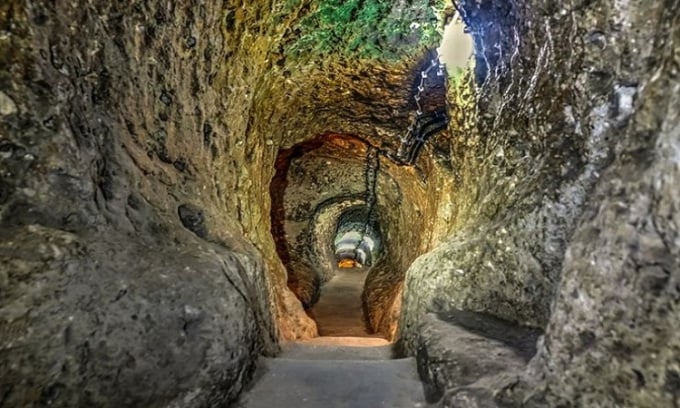
Derinkuyu underground city in Turkey. Photo: iStock
While most people are willing to spend short periods underground, the idea of living permanently is much harder to accept. The underground world is associated with death in many cultures. Being underground in a confined space can trigger claustrophobia and anxiety about poor ventilation. “We don’t belong there. Physiologically, the human body is not designed for life underground,” says Will Hunt, author of Underground: A Human History of the Worlds Beneath Our Feet.
People who live underground for long periods without exposure to daylight can sleep for up to 30 hours at a time. Disruption to circadian rhythms can cause a variety of health problems. Another risk of living underground is flash flooding, which is of particular concern as climate change brings more extreme weather events like hurricanes. Many homeless people have drowned in the tunnels under Las Vegas. These tunnels, which can hold about 1,500 people, were built to carry floodwaters. They filled within minutes, giving people no time to evacuate.
Underground construction often requires heavier, more expensive materials that can withstand pressure. This force must be measured through extensive geological surveys before excavation begins. The temperature below ground is also affected by what is happening above ground.
A study of the Chicago Loop neighborhood found that temperatures have increased significantly since the 1950s as more heat-generating infrastructure, such as parking lots, train stations, and basements, was built into the area. The increase in temperature can cause the soil to expand by 12 mm, gradually damaging the building’s structure. For the underground environment to be suitable for humans, it must be safe, have natural light, be well ventilated, and provide a sense of connection to the world above.
Montreal’s 32-kilometre underground city, RÉSO, epitomizes this idea. The complex connects buildings to allow people to escape the sub-zero temperatures outdoors. The space combines offices, retail, hotels and schools with the environment above ground.
An Khang (According to Science Alert )
Source link





![[Photo] Closing ceremony of the 18th Congress of Hanoi Party Committee](https://vphoto.vietnam.vn/thumb/1200x675/vietnam/resource/IMAGE/2025/10/17/1760704850107_ndo_br_1-jpg.webp)




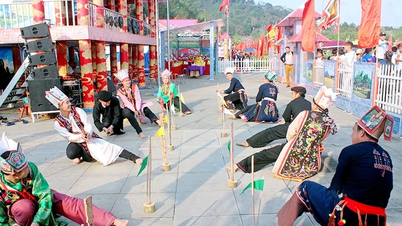




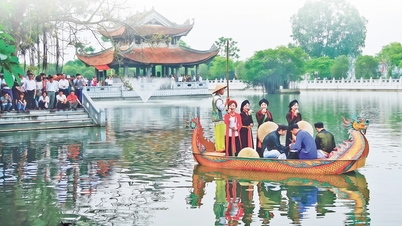






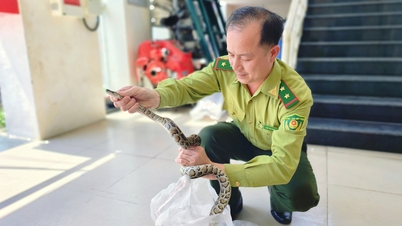














![[Photo] Nhan Dan Newspaper launches “Fatherland in the Heart: The Concert Film”](https://vphoto.vietnam.vn/thumb/1200x675/vietnam/resource/IMAGE/2025/10/16/1760622132545_thiet-ke-chua-co-ten-36-png.webp)







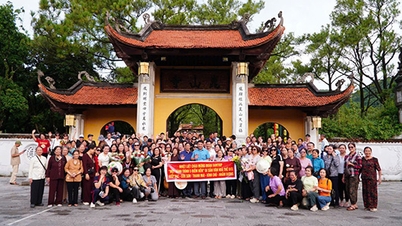





































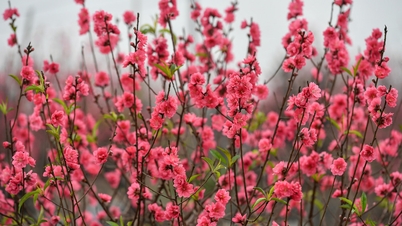



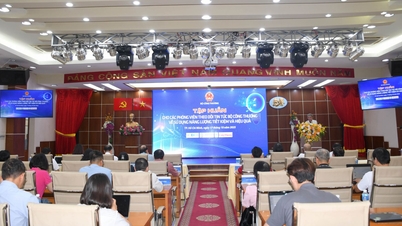



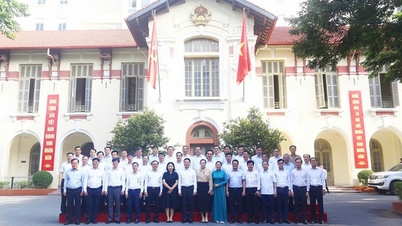



![[Photo series] The beauty of women in labor](https://vphoto.vietnam.vn/thumb/402x226/vietnam/resource/IMAGE/2025/10/18/1760739057545_1_20251017145220.jpeg)



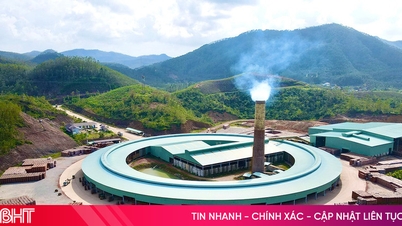
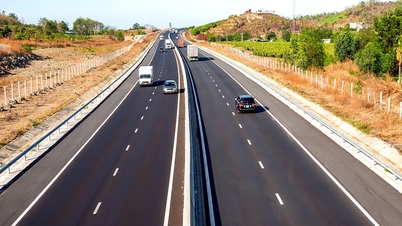
















Comment (0)